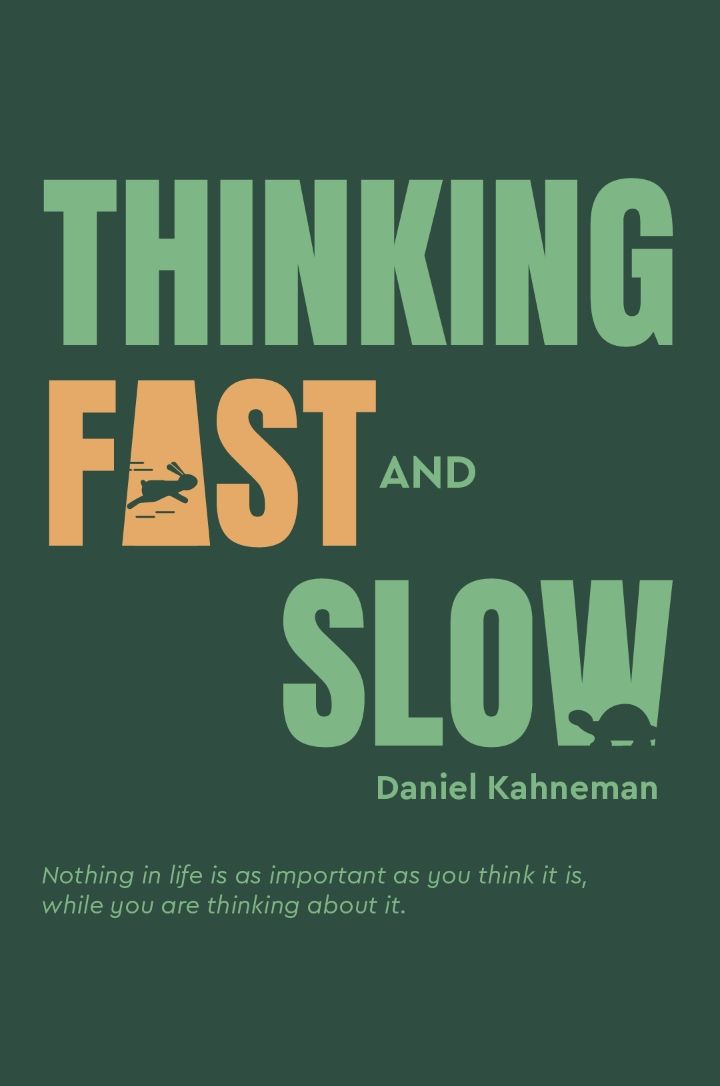Audio available in app
Cognitive ease can guide our preference for products from "summary" of Thinking, Fast and Slow by Daniel Kahneman
Consumers are influenced by a variety of factors when making purchasing decisions, and one such factor is cognitive ease. Cognitive ease refers to the mental effort required to process information and make decisions. When a product is presented in a way that is easy to understand and process, consumers are more likely to prefer it over a product that requires more cognitive effort. This preference for products that are easy to process is rooted in the idea that our brains are constantly seeking ways to conserve mental energy. When faced with multiple options, our brains will naturally gravitate towards the option that requires the least amount of effort to process. This is because cognitive effort is taxing on our brains, and we are inherently drawn to activities that are easy and effortless. In the context of product preferences, cognitive ease can manifest in a number of ways. For example, products that are presented in a simple and straightforward manner are more likely to be perceived positively by consumers. This is because the brain can easily process the information about the product, leading to a positive evaluation. On the other hand, products that are complex and difficult to understand may be perceived negatively by consumers. This is because the brain has to exert more effort to process the information, which can lead to a negative evaluation of the product. In essence, cognitive ease acts as a guiding force in shaping our preferences for products.- Cognitive ease plays a significant role in influencing consumer behavior and product preferences. By understanding the concept of cognitive ease and its impact on decision-making, marketers can tailor their products and marketing strategies to appeal to consumers' desire for simplicity and ease of processing.


